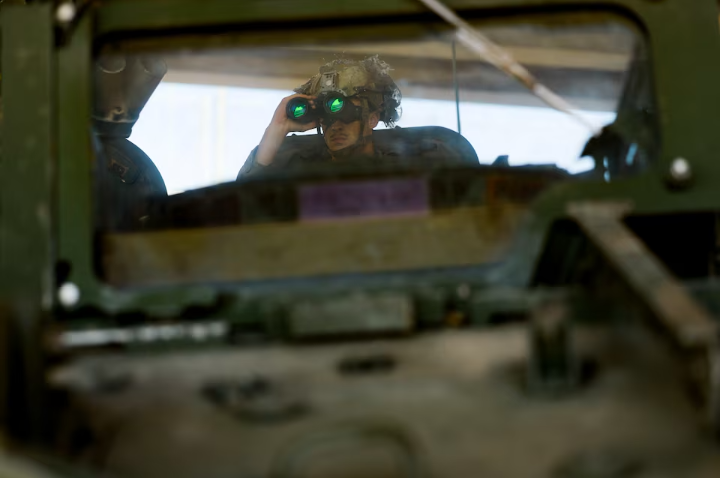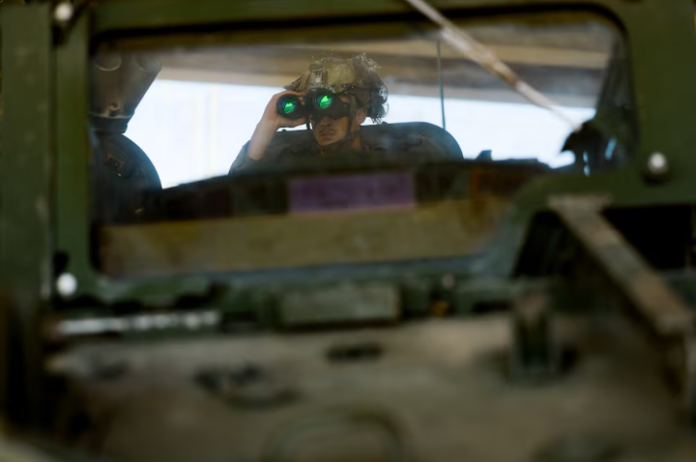In the blistering desert heat of New Mexico and Texas, President Trump’s latest immigration crackdown has transformed the U.S.-Mexico border into a full-blown military zone. With Stryker armored vehicles roaming the terrain and soldiers standing guard under 100°F (38°C) heat, the once remote and rugged region now resembles a war zone.
Two large “National Defense Areas,” covering 260 miles of the southern border, were quietly established in April and May. These zones—classified as U.S. Army installations—allow active-duty soldiers to detain and question civilians, including migrants, without invoking the Insurrection Act. In effect, the military now performs roles typically assigned to Border Patrol agents.
The military buildup is Trump’s boldest attempt yet to demonstrate total control of the border. Over 8,000 troops and 105 Stryker vehicles have been deployed, more than tripling the military presence since the Biden era. Strykers equipped with high-tech surveillance gear patrol the dunes, ridges, and border gaps, constantly scanning for movement. Despite being unarmed, the vehicles offer thermal imaging and night vision with a range of over two miles.
But reactions to this show of force are divided.
James Holman, a former Marine who now leads a humanitarian search-and-rescue team, was recently stopped by Border Patrol agents while checking for migrant remains. “It’s deadly theater,” he says, frustrated that public lands are now restricted under military control. Holman fears the militarized zones will drive migrants to cross through even more dangerous desert paths.
Others welcome the added security. Russell Johnson, a New Mexico rancher and former Border Patrol agent, says the new presence has reduced livestock theft and damage to property. “We feel safer,” echoed a local business owner in Sunland Park.
However, legal complications have emerged. While migrants caught in the zones are being charged with trespassing in addition to unlawful entry, judges have already dismissed some cases. Courts found that there was no proof the individuals saw the warning signs before entering the restricted areas.
Some local leaders fear the long-term effects of this militarization. Jerry Pacheco, a trade consultant, argues the combat-ready image is bad for business. “It’s like killing an ant with a sledgehammer,” he said.

Even recreational access is now in limbo. Hunters, hikers, and ranchers are left uncertain about their rights in these zones. The Army has promised to negotiate Memoranda of Understanding (MOUs) to allow certain civilian activities, but no clear guidelines have been released.
For humanitarian groups, the future looks grim. Abbey Carpenter, who has found the remains of 24 migrants over the past 18 months, fears her team will be barred from helping the dead find dignity. “Will they just be covered up by desert sands?” she asks, standing over skeletal remains left in the dunes.
As the line between military enforcement and civilian life continues to blur, one question looms large: is this truly border security—or something more ominous?



